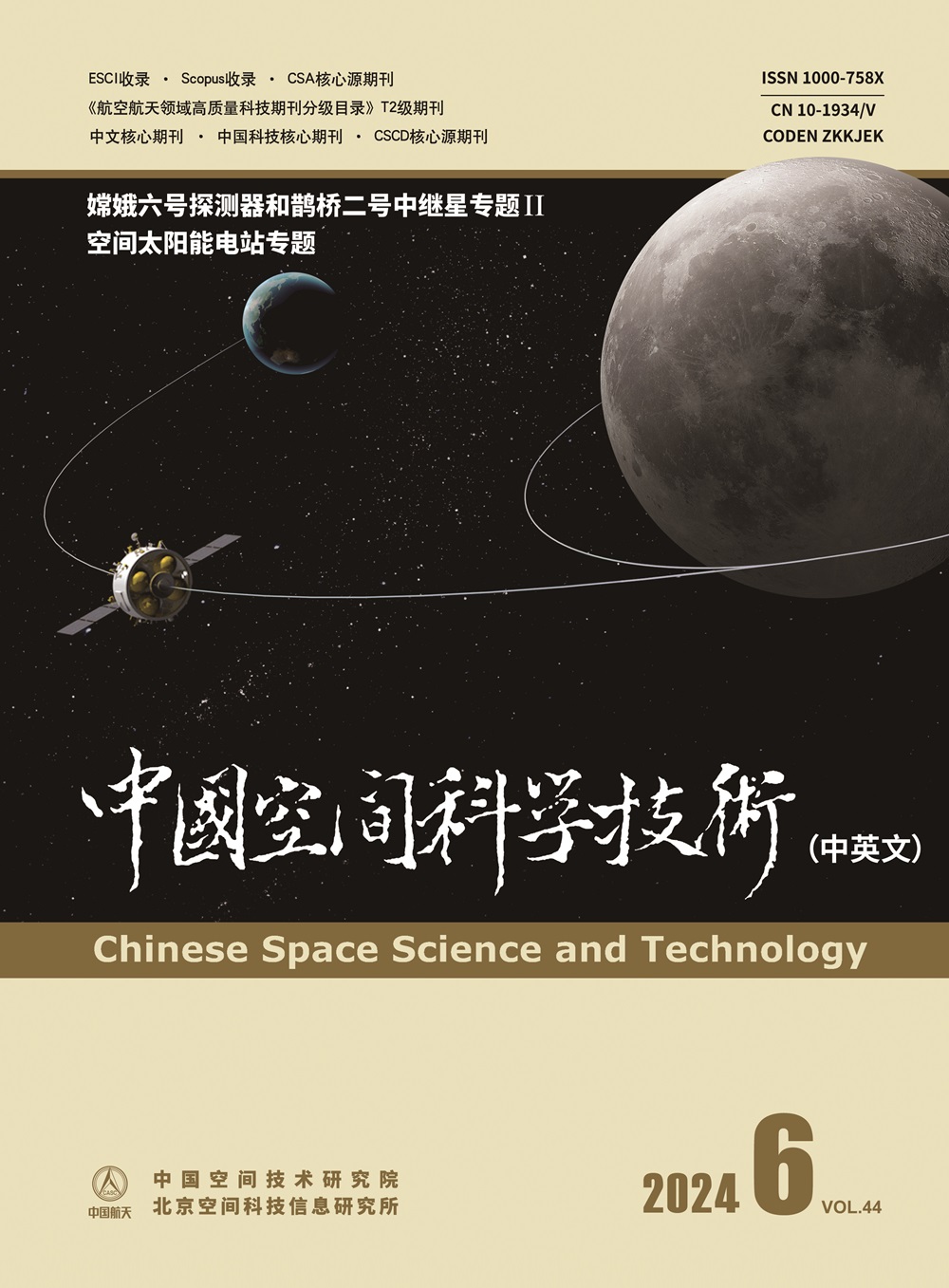Autonomous Assembly Method of 3-Arm Robot to Fix the Multipin and Hole Load Plate on a Space Station
IF 0.5
4区 工程技术
Q4 ENGINEERING, AEROSPACE
引用次数: 8
Abstract
Using space stations for a large number of observation, exploration, and research is a necessary way to fully develop space technology. It is a necessary means of space experiment to install the extravehicular experimental load by using the load plate. However, the extravehicular environment is full of danger, which poses a threat to the health and even safety of astronauts. Using robots to replace astronauts to complete this task can effectively reduce the threat to astronauts. Aiming at the problem that the configurations of existing space robots have difficulty in balancing the contradiction between complexity and dexterity, our previous work proposes a 12-DOF 3-arm robot and preliminarily explores the feasibility of its large-scale ability. This paper focus on the 8-DOF redundant dexterous manipulator composed of 2 of the robot arms. In view of the difficulties in solving the inverse kinematics of the redundant manipulator, the challenges of complex environmental lighting, and difficulties of matching multiple groups of holes and pins in the load plate assembly task, the research on the autonomous assembly of the load plate is carried out. The main work is as follows: (a) A variable D-H parameter inverse kinematics solution method is proposed, which lays a foundation for humanoid dexterous operation planning of the robot. (b) An autonomous operation method based on visual guidance and variable parameter admittance control is proposed. Finally, the safety and robustness of the robot in the autonomous assembly of the load plate with multipins and holes are successfully verified by experiments.空间站多销孔载荷板三臂机器人的自主装配方法
利用空间站进行大量观测、探索和研究是充分发展空间技术的必要途径。利用载荷板安装舱外实验载荷是空间实验的必要手段。然而,舱外环境充满危险,对宇航员的健康甚至安全构成威胁。利用机器人代替宇航员完成这项任务,可以有效减少对宇航员的威胁。针对现有空间机器人构型难以平衡复杂性与灵巧性之间矛盾的问题,我们提出了一种12自由度三臂机器人,并初步探讨了其规模化能力的可行性。本文主要研究由2条机械臂组成的8自由度冗余灵巧机械臂。针对冗余机械手逆运动学求解困难、复杂环境光照的挑战、载荷板装配任务中多组孔销匹配困难等问题,开展了载荷板自主装配研究。主要工作如下:(a)提出了一种变D-H参数的运动学逆解方法,为机器人的仿人灵巧操作规划奠定了基础。(b)提出了一种基于视觉引导和变参数导纳控制的自主操作方法。最后,通过实验验证了该机器人在多针孔负载板自主装配中的安全性和鲁棒性。
本文章由计算机程序翻译,如有差异,请以英文原文为准。
求助全文
约1分钟内获得全文
求助全文
来源期刊

中国空间科学技术
ENGINEERING, AEROSPACE-
CiteScore
1.80
自引率
66.70%
发文量
3141
期刊介绍:
"China Space Science and Technology" is sponsored by the China Academy of Space Technology. It is an academic and technical journal that comprehensively and systematically reflects China's spacecraft engineering technology. The purpose of this journal is to "exchange scientific research results, explore cutting-edge technologies, activate academic research, promote talent growth, and serve the space industry", and strive to make "China Space Science and Technology" a first-class academic and technical journal in China.
This journal follows the principle of "let a hundred flowers bloom and a hundred schools of thought contend", promotes academic democracy, and actively carries out academic discussions, making this journal an important platform for Chinese space science and technology personnel to publish research results, conduct academic exchanges, and explore cutting-edge technologies; it has become an important window for promoting and displaying China's academic achievements in space technology.
 求助内容:
求助内容: 应助结果提醒方式:
应助结果提醒方式:


